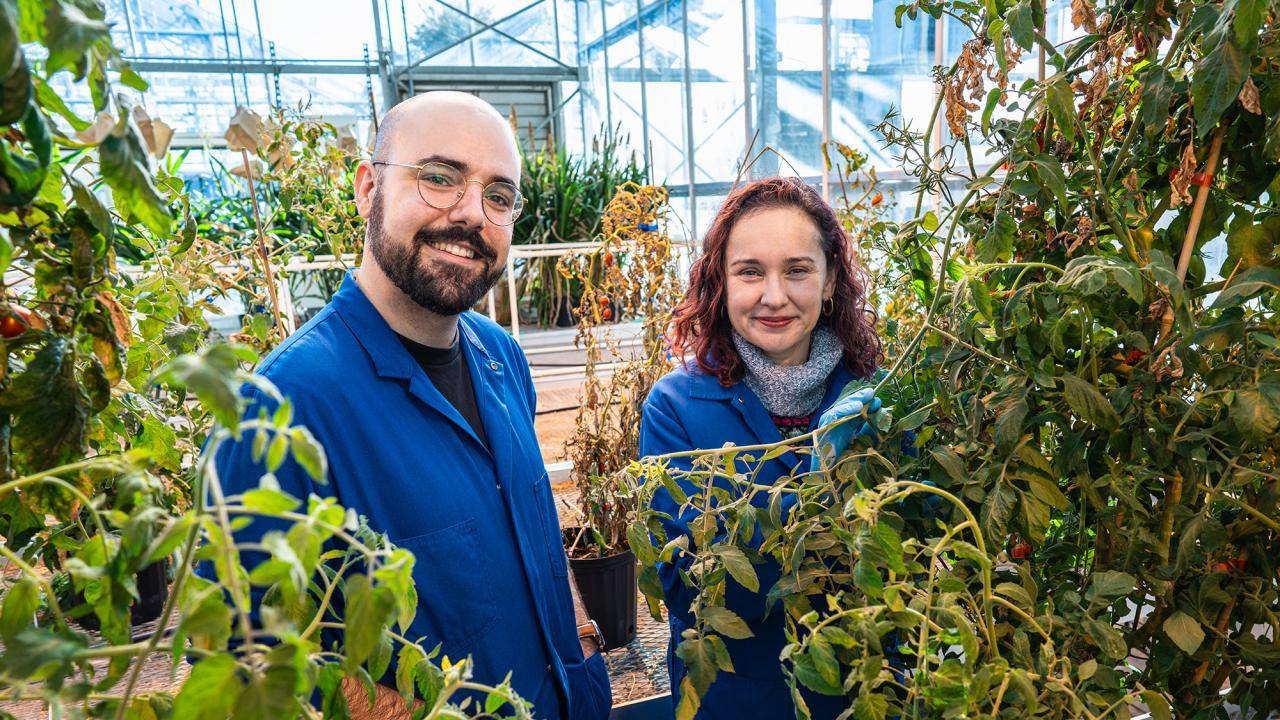
Plants possess a remarkable ability to adapt to changing environments, a trait crucial for their survival in the face of shifting climates. In a groundbreaking study led by the University of California, Davis, researchers have unveiled the pivotal role of exodermal suberin in enhancing plants' resilience against water stress, a discovery that could revolutionize the development of drought-resistant crops.
Understanding Suberin’s Significance
In the intricate mechanism of drought adaptation, plant roots produce a water-repellent polymer called suberin, preventing excessive water loss through evaporation from leaves. While certain plants produce suberin through endodermal cells lining their root vessels, others, like tomatoes, employ exodermal cells just beneath the root's skin for the same purpose.
The research published in Nature Plants demonstrates that exodermal suberin functions similarly to endodermal suberin. Without this crucial component, tomato plants struggle to cope with water stress, akin to leaving a tap running without any control.
Unveiling Nature’s Puzzle
Professor Siobhan Brady, the senior author of the study, remarked, "This adds exodermal suberin to our toolbox of ways to help plants survive for longer and cope with drought." She likened the process to solving a puzzle: identifying cells with modifications that shield plants during harsh environmental conditions allows researchers to enhance the plant's defenses progressively.
Lead researcher Alex Cantó-Pastor collaborated with an international team to uncover the role of exodermal suberin and map the genetic pathways regulating its production.
From Cell-level Insights to Holistic Understanding
The research merged classical and cutting-edge methodologies to investigate individual cell processes and their impact on the entire plant. By identifying active genes in root exodermal cells, the team utilized gene editing to create mutant tomato plants lacking functional versions of genes associated with suberin production.
Their experiments identified seven genes crucial for suberin deposition and highlighted the roles of SIASFT and SlMYB92 genes in enhancing drought tolerance. Mutant plants lacking these genes exhibited increased stress and wilted significantly after a ten-day drought period compared to well-watered plants.
Paving the Way for Drought-Resistant Crops
The significance of suberin in enhancing drought tolerance has prompted the team to envision practical applications. While the experiments demonstrated its efficacy in a controlled environment, the researchers are now eager to test suberin's potential in real-world conditions, aiming to engineer drought-resistant tomatoes.
The collaborative effort involving researchers from various institutions was supported by the National Science Foundation and the Howard Hughes Medical Institute.
This new research sheds light on a promising avenue for agriculture, offering a potential solution to enhance crop resilience in the face of increasingly challenging climatic conditions.

















